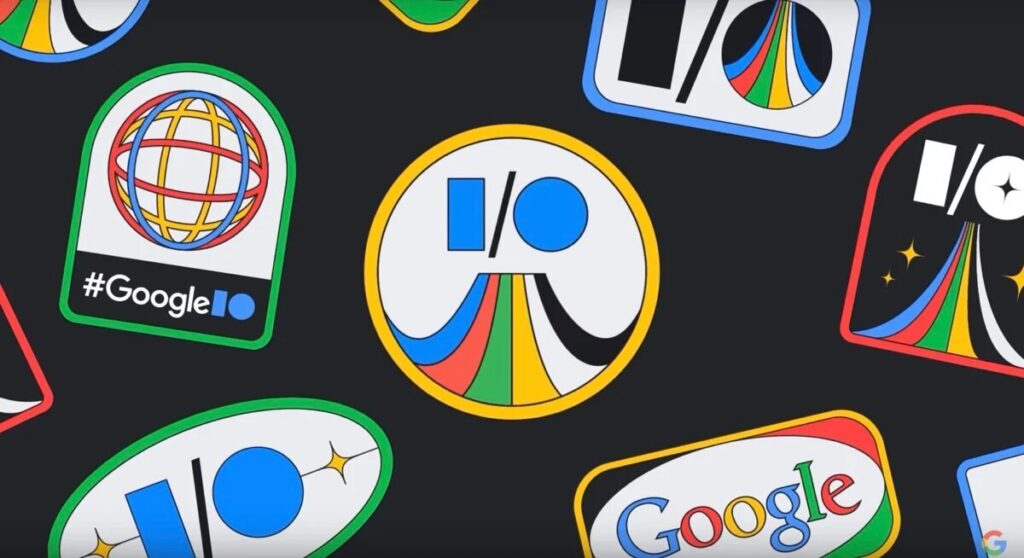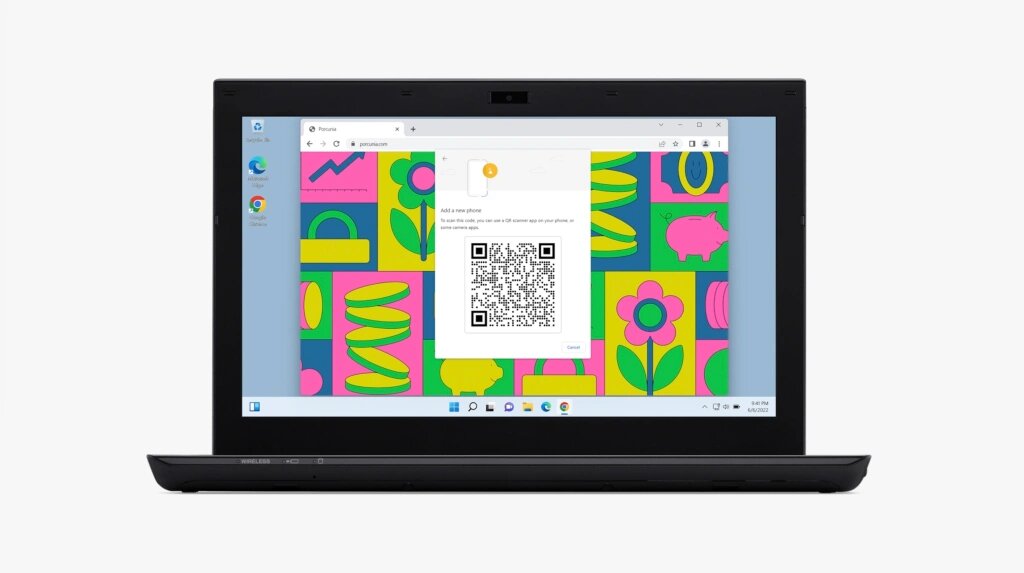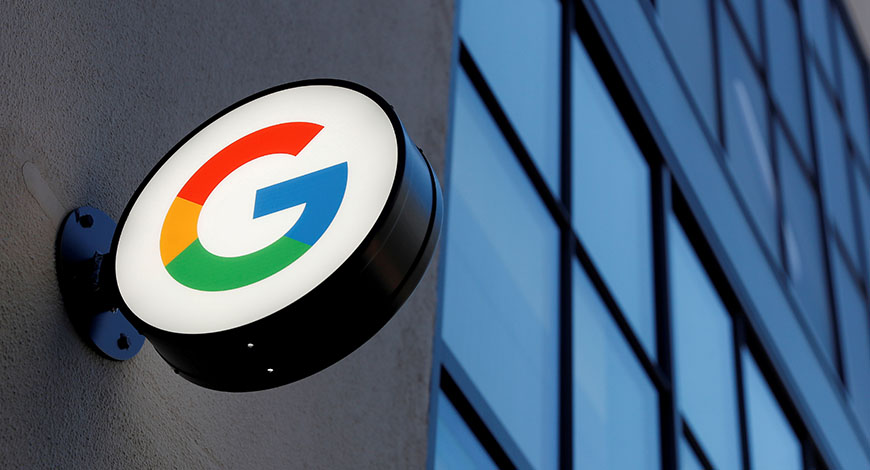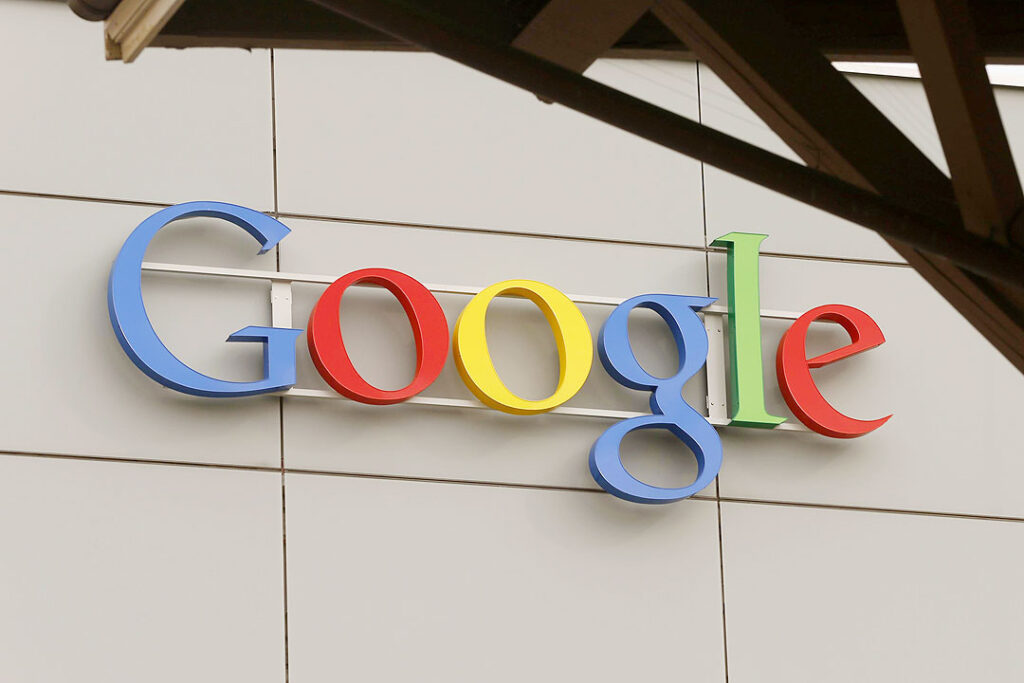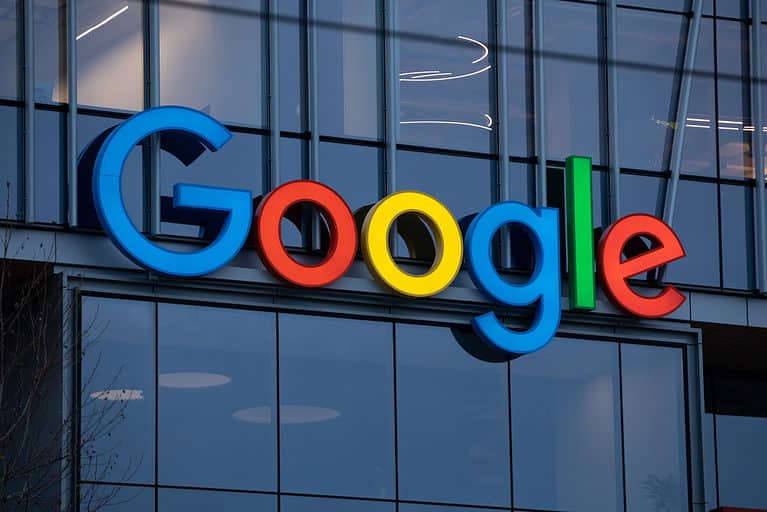How is the new Google AI search different from the Bard chatbot?
In an effort to dispel concerns that it is falling behind Microsoft Corp.’s OpenAI-powered Bing search, Alphabet Inc.’s Google on Wednesday showed off an improved core search product that incorporates more AI in its solutions.
Google also has a chatbot called Bard that rivals ChatGPT, the OpenAI chatbot that has sparked a lot of user interest with its human-like responses. According to the company, conventional searches on Google may still be used to find and seek out information, such as finding a product to buy.
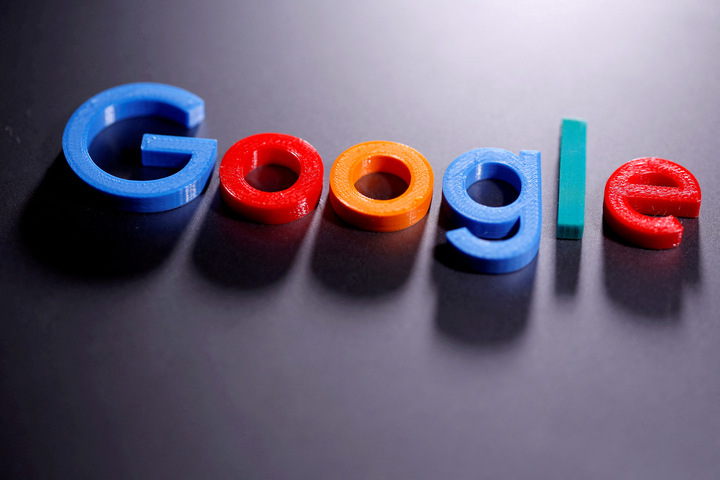
Bard is a chatbot with a character that can have conversations that seem human-like and is intended to serve as a tool for creative collaboration, such as writing software code or captions for pictures.
Also Read: Google I/O 2023: How to watch and what to expect
The Search Generative Experience, the improved search feature, keeps the familiar search bar’s look and function on Google’s home page.
The difference is in the responses: if the new Google determines that generative artificial intelligence (AI) can be used to respond to a query, the AI-generated response will appear at the very top of the results page. The standard Web links are still available below.
For instance, a person searching for “weather New York” will typically be directed to an eight-day prediction, but if they search for “what to wear in the California city,” AI will give a long response, according to a test done for Reuters earlier this week.
The result included links to websites where it found such advice and said, “You should bring layers, including a short-sleeved shirt and a light jumper or jacket for the day.” Additionally, users will have access to a brand-new “conversational mode,” which works similarly to Bard and ChatGPT in that it keeps track of the user’s previous inquiries to make it simpler for users to ask follow-up questions.
However, the business emphasizes that the conversational mode is merely meant to improve search results and is not intended to be a chatbot with a personality. For instance, unlike Bard and ChatGPT, it will never use the “I” statement in its responses.
Also Read: What is the admin review feature on WhatsApp?
The Bard chatbot is designed to engage in natural language conversations with users, typically in a specific domain such as customer service or personal assistance. It uses natural language processing and machine learning to understand the user’s questions and provide helpful responses While both systems use AI, they have different goals and capabilities.
Google AI search is focused on information retrieval and presenting relevant results to users, while the Bard chatbot is focused on conversational interactions and providing assistance to users in a specific domain. Bard is already accessible without a wait list in over 180 nations, according to the business, which also wants to provide support for 40 additional languages.

I am a law graduate from NLU Lucknow. I have a flair for creative writing and hence in my free time work as a freelance content writer.
